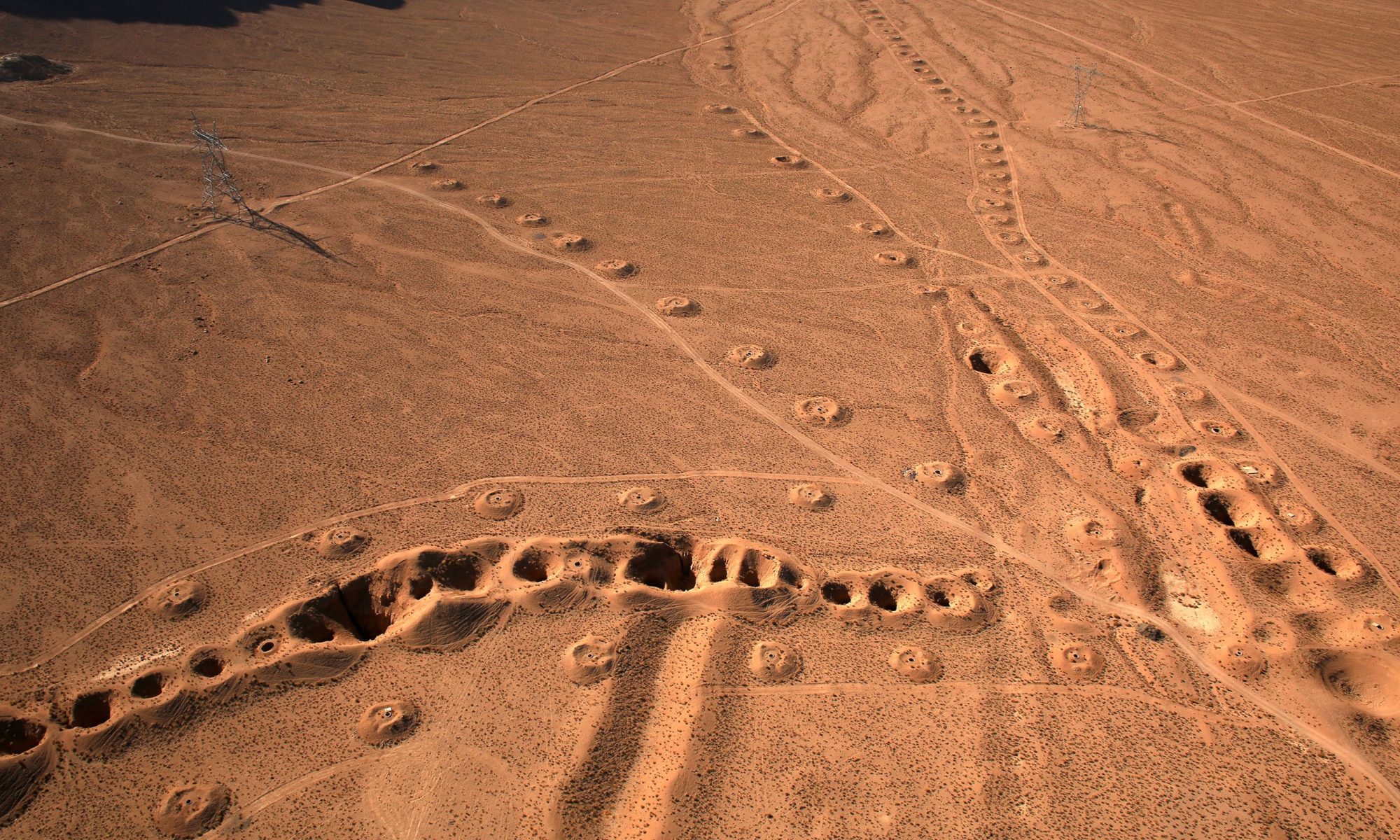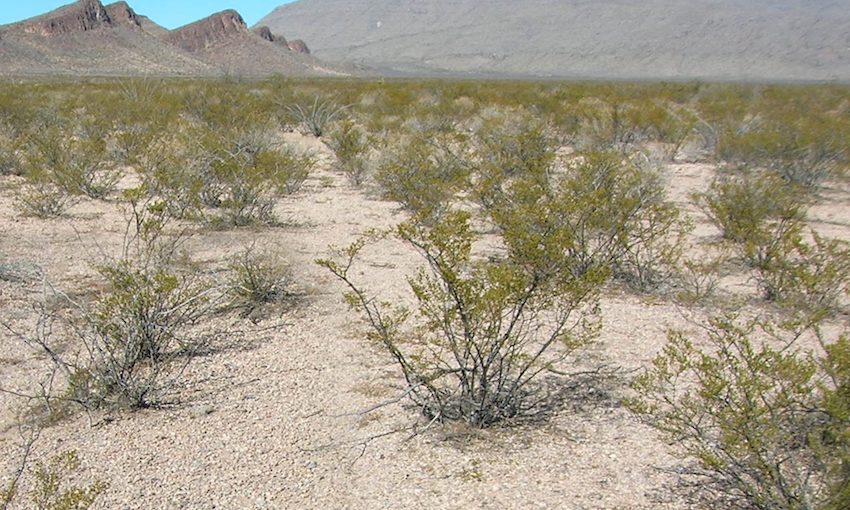Featured Image: Areal view of the vertical shafts of a qanat in Jupar, Iran. S.H. Rashedi / CC BY-ND via UNESCO.
Authors: Ataie-Ashtiani, B., & Simmons, C. T.
Reliable sources of water are essential for every civilization. However, the Western science of hydrology is relatively young. It started perhaps at the turn of the 19th century when John Dalton completed the first water balance for England and Wales by estimating the amount of water that fell as precipitation and left as evaporation and flow from rivers to oceans. Since ancient times, civilizations have built water infrastructure like aqueducts and wells, and writings by Aristotle and Plato suggest that the ancient Greeks had a basic understanding of the water cycle. Though in many respects, the study of hydrology in Europe and the Mediterranean stagnated between the time of these early philosophers and the 19th century.
Continue reading “The Extraction of Hidden Waters: 11th century Persian scientist laid the foundations for hydrology and water engineering”

